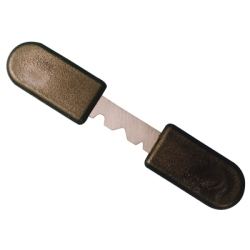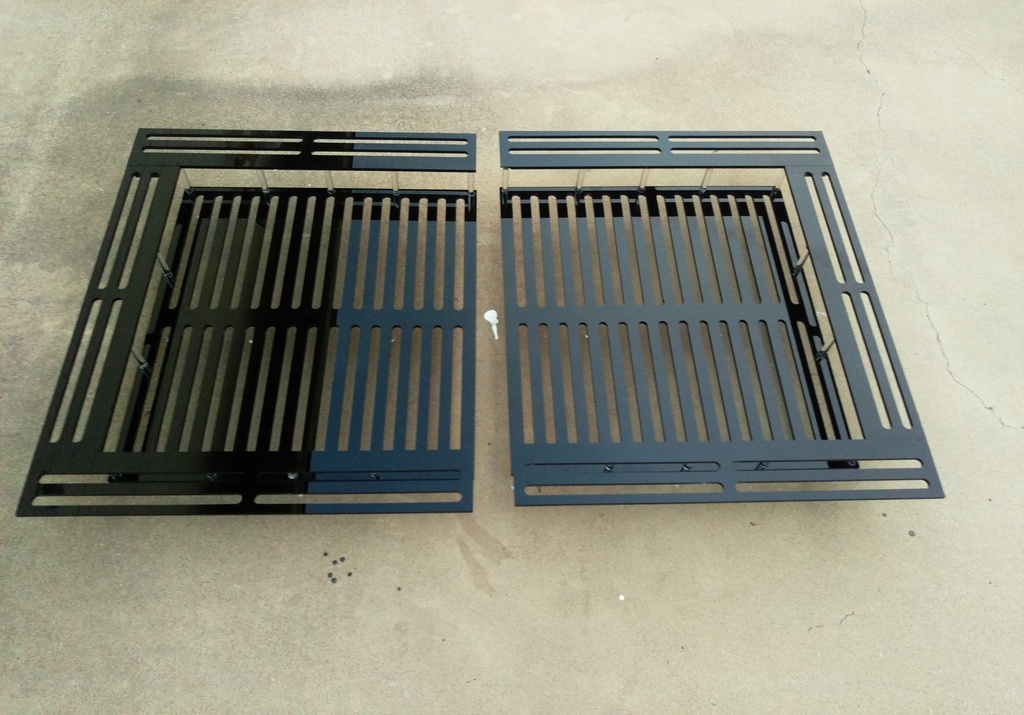I've never had to scrap a job and start over. Worst case secenario, I had to actually take a 4-wall assembly and run it through my router table, and that was pretty a pretty hairy job to say the least.So, the implication is that when gluing up the 4 sided section and baffles you have to make sure everything is aligned perfectly with regards to what will be the bottom joint. And if it isn't, then what? Do you have to scrap it and start over? I thought I had seen something in the background once on that show Tanked where they were scraping some edges to make them line up, but that might have been a top joint which would be less of a concern I guess. I've seen a couple mentions of tanks being cut in half and made into smaller tanks (including in this thread) so I would expect a little misalignment after the cutting, even if you used table saw.
With the razor blade clamp, you can do quite a bit. On one cross-braced sump where I had bonded 3 baffles together before bonding to the front wall, it ended up being off by nearly 1/8"+ (very poor planning, it was one of my first builds) and I scraped that down, it took quite a while. The thing is that when you have a large difference between the panels, you not only need to scrape the edge so that the 2 panels are flush, you also need to taper the entire panel edge (the one that is higher) so that the bottom (or top) panel doesn't have to bend very much. Also, you want that panel to sit relatively flat, and the only way to do this is to taper the entire length. That's why I say the priority is the bottom joint, because you want that to be as flat as humanly possible so that you don't have to end up putting the tank on foam to adjust for the inconsistency. The top euro, as long as that has a good bond, it doesn't necessarily have to be perfectly flat
That's the term I was looking forTypically you want to get the chemicals that are labeled "Reagent Grade".
Using a long blade (like one from a ratcheting razor knife) is a great idea, I forgot to mention the "scraping to the corner" part. What that means is that you are placing the blade at a 45 degree angle across the joint so that the blade self-squares to the material. You apply a little more pressure to the side you need to knock down and take a minimal amount of material off the side that you are trying to match. With each scrape, you get closer and closer to "erasing" the bump until it's gone. If your parts are well matched, you should only have to take off a micrometer or two, which seems inconsequential but it matters.Here is what one I use looks like. Although I have started putting a longer blade into it. I think it helps keep it straight when you have a longer blade scraping the corner, pulling towards the edge point.
Also remember when you are "picking" at the joint when adjusting the joint (so you can feel the ridge) this will leave a smudge on the surface you have to bond to the top/bottom, and even if you are dead-on perfect with your alignment, if you don't scrape off this smudge (5 or 6 passes with a razor blade usually does it) then you WILL end up with bubbles in that corner. I've never done this...





















